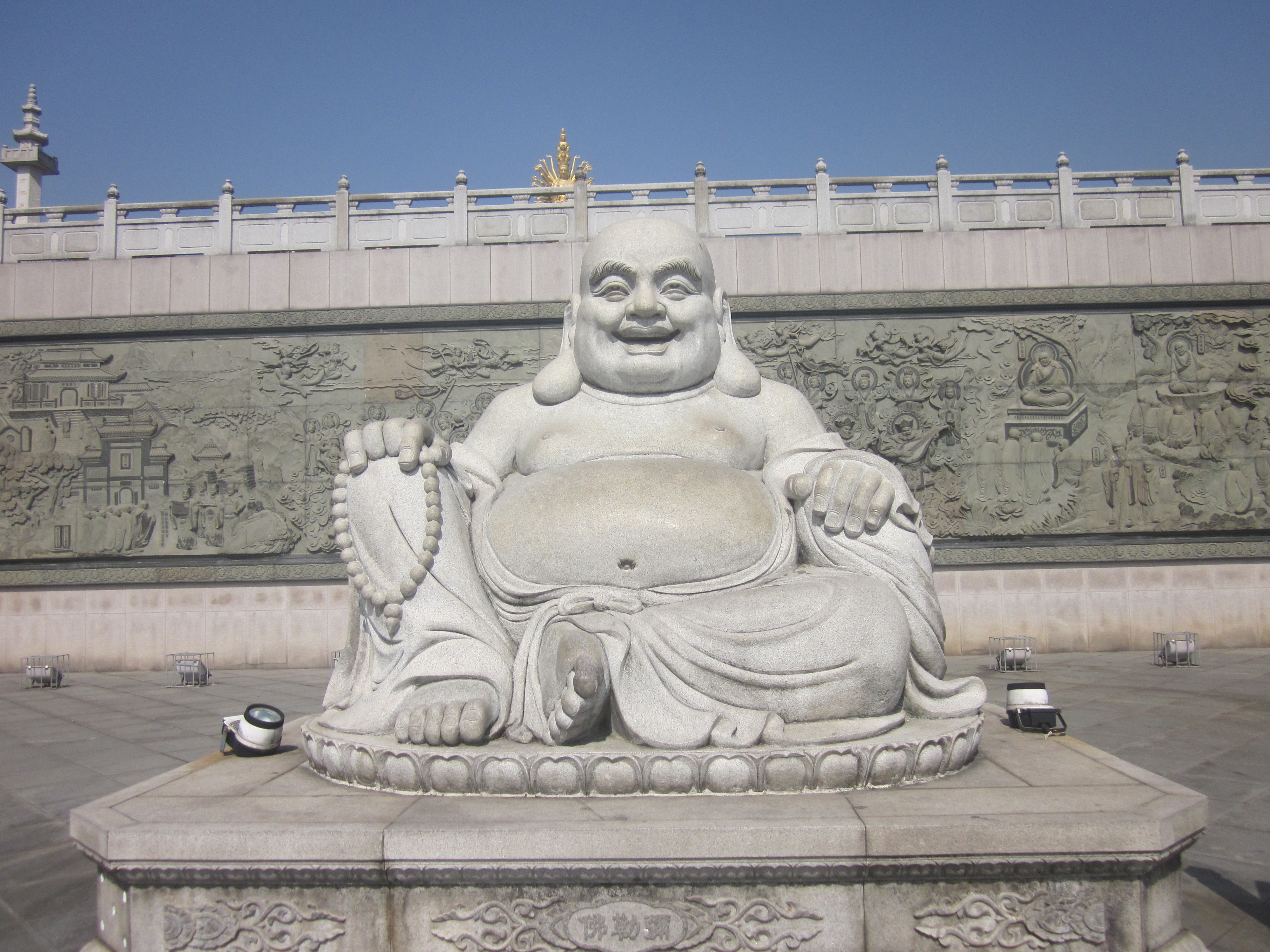|
Miyin Temple
Miyin Temple () is a Buddhist temple located in Weishan Township, Ningxiang, Hunan, China. The temple is built within grounds of some . The Chinese Buddhist monk Weishan Lingyou of the Tang dynasty (618–907) founded Miyin Temple on and started the Weiyang school of Buddhism making Mount Wei an important religious sacred site in China's feudalist era. History Tang dynasty In 813, in the eighth year of the age of Yuanhe of Emperor Xianzong, the traveler who named Liu Qian () came to Ningxiang, Hunan Province. He saw the Wei Mountain's steep cliffs, lofty peaks, roaring waterfalls, gurgling springs, towering trees and fragrant flowers, and Wei Mountain has seven hills like the Big Dipper. After the tour, Liu Qian came to Baizhang Mountain () in Jiangxi and told his friend Baizhang Huaihai about the natural landscape he had seen. He told Huaihai that there would be a good place to build temples. Huaihai followed Liuqian's advice, he commanded his disciple Weishan Lingyou to ... [...More Info...] [...Related Items...] OR: [Wikipedia] [Google] [Baidu] |
Shanmen
The Shanmen (), also known as the Gate of Three Liberations, is the most important gate of a Chinese Chan Buddhist temple. Etymology The origins of the name "sanmen" are debated. One theory is that "''Shanmen''" takes its literal meaning of "Mountain Gate", because temples were traditionally built in forested mountain areas where Chan monks could seclude away from secular life. Another suggests that during various episodes of suppression of Buddhism in Chinese history, monks moved their monasteries deep into the mountains, and later built gates at the foot of the mountain to guide pilgrims to the temples. A further theory is that "Shanmen" is a corruption of "Sanmen", or "Three Gates", referring to the "three gateways" to liberations.() in the Dharma - the "Kongmen" (; emptiness liberation), "wuxiangmen" (; no-aspects liberation) and "wuyuanmen" (; desireless liberation). The latter view correlates with the traditional structure of Chan temples which included three gateways, sai ... [...More Info...] [...Related Items...] OR: [Wikipedia] [Google] [Baidu] |

